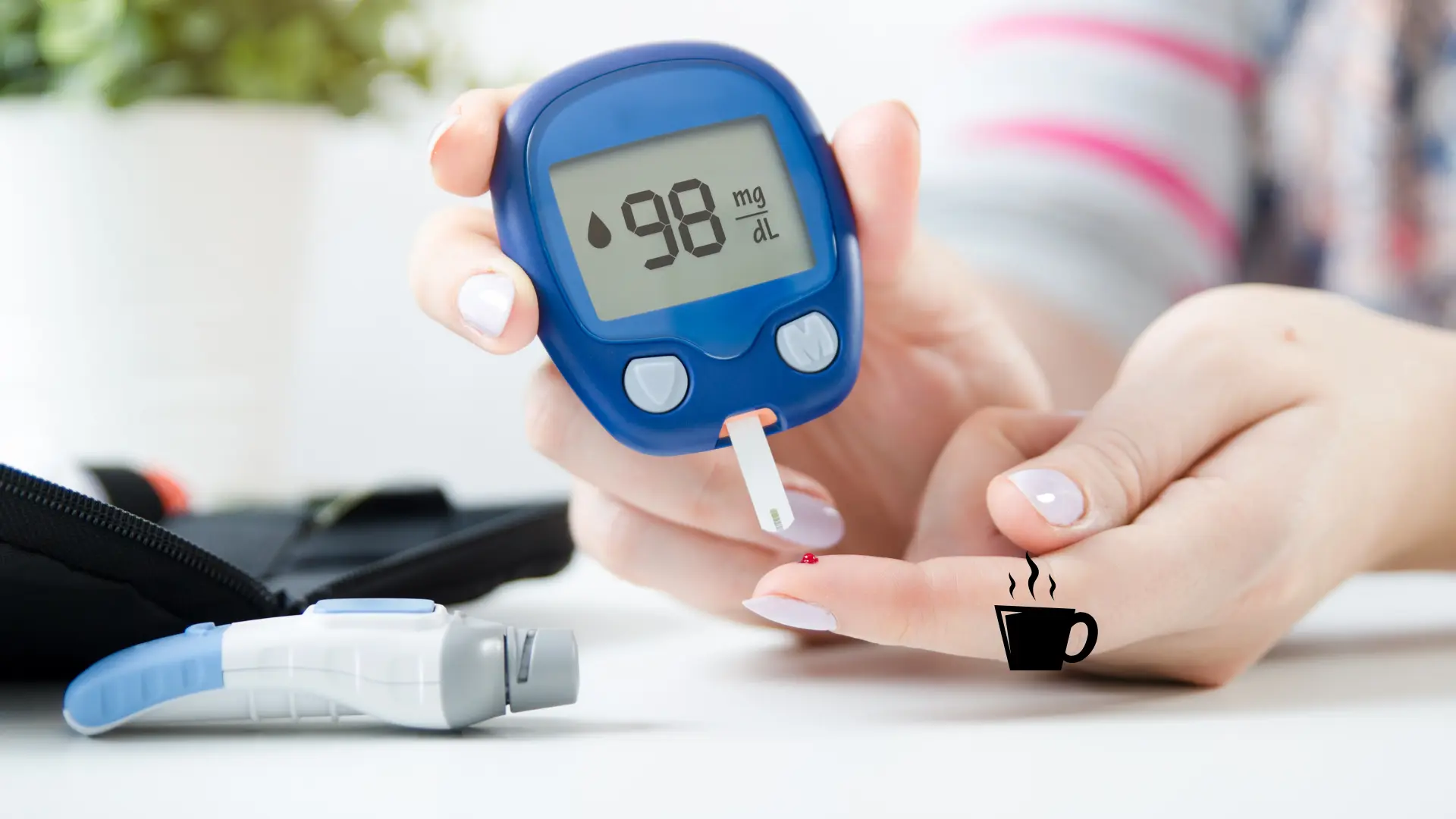Physical Address
304 North Cardinal St.
Dorchester Center, MA 02124

Diabetesis a health condition that affects millions of people worldwide. Characterized by elevated blood glucose levels, diabetes can have serious consequences if not properly managed. One of the most important tools for diabetes control is regular monitoring of blood glucose. In this article, we will explore the importance of this monitoring and how it can help people with diabetes live healthier and fuller lives.
Diabetes is a chronic disease that occurs when the body does not produce enough insulin or cannot use the insulin it produces properly. Insulin is a hormone produced by the pancreas that helps regulate blood glucose levels. When the body cannot properly regulate glucose, blood sugar levels rise, which can lead to a range of health complications, including nerve, kidney, eye, and heart damage.
Controlling diabetes is crucial to prevent these complications and maintain a good quality of life. This involves a combination of healthy diet, regular physical activity, medication (if necessary), and, crucially, monitoring blood glucose.
There are several ways to monitor blood glucose, and the choice of method depends on individual preferences and medical recommendations. The most common methods include:
Regardless of the chosen method, it is important to monitor blood glucose regularly and follow the doctor’s recommendations regarding the frequency of measurements.
Regular blood glucose monitoring offers several significant benefits for people with diabetes:
To ensure that blood glucose monitoring is effective and accurate, here are some helpful tips:
Regular blood glucose monitoring is an essential part of effective diabetes management. By keeping blood sugar levels within a healthy range, people with diabetes can reduce the risk of complications and enjoy a better quality of life. With a proactive approach and the support of a healthcare team, it is possible to live well with diabetes and minimize its impact on daily life. If you have diabetes, do not underestimate the importance of blood glucose monitoring – it is a powerful tool for taking care of your long-term health.




